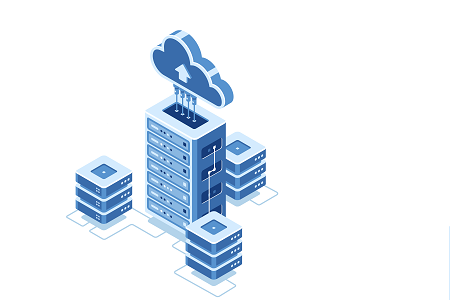Salient IT Services › Data backup solutions Sacramento
A quick guide to data backup solutions in Sacramento
The ability to plan is an essential skill in both business and life. At the same time, nobody can be expected to predict everything that could happen, which is why it’s important to build flexibility into all of your preparations, including your preparation for the loss of data. With that in mind, here is a quick guide to data backup solutions in Sacramento.
Keep the law in mind at all time
Remember that data backups (and archives) are subject to the same data-protection laws/regulations as your production data. This may sound like stating the obvious but it can be dangerously easy to lose track of this fact.
For example, if you back up sensitive data, you need to have a system for archiving or deleting it when it has ceased to be needed for production. If you archive it, you then need a process to delete it from your archive when its purpose has been fulfilled. If you miss this, then you could end up slipping out of compliance and eventually having to deal with the consequences.
Also, remember that those consequences apply to you, not any data backup solutions vendors you use. That’s why you need to choose your vendors very carefully, exercise appropriate supervision of them and be confident you have legal redress against them if necessary. All these points are strong arguments in favor of sticking with reputable, local IT services vendors.
Be clear about the difference between data backups and data archives
The purpose of a data backup is to allow you to restore data that you need if you lose access to it, for example, through data corruption, erroneous deletion or your main production system being offline. This means that you only backup the data you actively use. Everything else should go into an archive if you keep it at all.
Sticking with the time-honored 3-2-1 strategy is usually the most pragmatic approach
It’s often the case in IT, that basic principles remain (at least fairly) constant. All that changes is the way they are applied. This is essentially true of data backups. IT professionals have long worked on a strategy of keeping three copies of data (including the production copy) over two media with one copy being kept off-site.
This is still the best approach for most companies. It usually strikes the right balance between robustness, cost, and security, both in the sense of being able to recover from an event and in the sense of avoiding being overexposed to security breaches. Remember that data backups and data archives can also be targeted by cybercriminals.
Set realistic RTOs and RPOs
Data backup strategy is usually measured in terms of Recovery Time Objectives and Recovery Point Objectives. These define how quickly you need to be back online and how much data you can afford to lose. While both are meaningful objectives, only one can be your main objective and for most SMBs that’s likely to be recovery time. This means that the time taken to perform a backup (although relevant) is less important than the time needed to restore from a backup.
Define a data backup strategy which reflects your needs (and wants)
In principle, it would be lovely if all SMBs could back up all of their data all of the time. In practice, however, this is highly unlikely to work in the real world. It’s just too much data to transmit frequently (even if you’re practicing a robust archiving strategy as you should be). This means that you need to combine full data backups with incremental data backups and/or differential data backups.

Incremental data backups only back up the data which has changed since the last data back up. They are economical to perform, but it can be challenging to restore from them and that could impact your RTO. Differential backups only back up data which has changed since the last full data backup. This means that they require more resources to perform, but that it’s straightforward to restore from them, which can help your RTO.
For completeness, you can use compression to reduce the amount of data you transmit (in either direction), but make sure you keep it within reasonable limits, otherwise, you could compromise the quality of your data.
Usually, you should keep at least one backup in the cloud
Even if you’re still running a data center, you should still use the cloud for your off-site copy. This saves you the time needed to recover a physical device from off-site storage. If you’re already in the cloud, then keeping one backup each in your main cloud and a second cloud is usually the only sensible option.
If you’d like to speak to a reputable and experienced data backup solutions provider in Sacramento, please click here now to contact Salient IT.


 (3 votes, average: 3.67 out of 5)
(3 votes, average: 3.67 out of 5)
